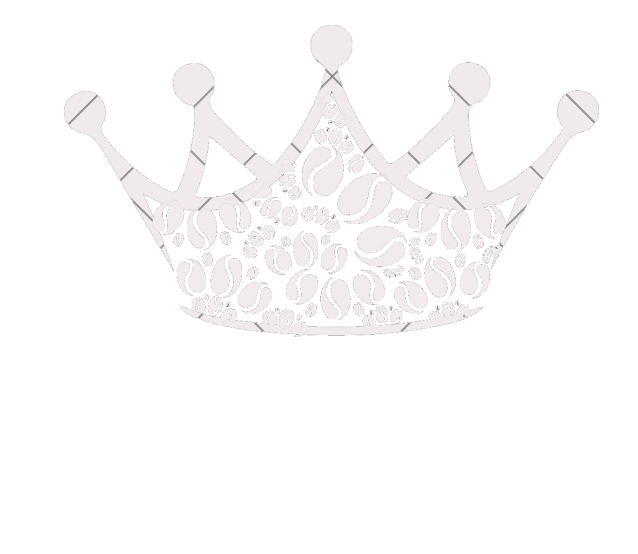
Coffee across cultures: how the world enjoys a cup of coffee
Discover how coffee is enjoyed in different cultures, from Italian espresso to Turkish coffee and beyond, and explore the traditions that make each cup unique.
Introduction
Coffee is a universal beverage that connects people and cultures, but the way it is prepared and consumed varies greatly from country to country. From a quick espresso at an Italian bar to the sweet, spiced coffee of the Middle East, each culture has developed its own version of this iconic drink, adapting it to local tastes and traditions. In this article, we will explore the various ways coffee is enjoyed around the world, discovering how this drink has evolved and become an integral part of everyday life for so many people.
Italy: The Art of Espresso
In Italy, coffee is a matter of culture and lifestyle. The undisputed star is espresso , a small but intense shot of coffee, rich in aroma and crema. Espresso is the base for many other beverages, such as cappuccino, macchiato, and caffè latte, and it is consumed quickly, often standing at the bar, during a brief pause. In Italy, coffee is traditionally drunk without sugar or flavors, to fully enjoy the rich and bold taste of roasted coffee beans.
An interesting aspect of Italian coffee culture is that certain drinks, like cappuccino, are considered inappropriate after meals or in the afternoon. This habit stems from the belief that milk can be heavy on digestion after lunch, which is why most Italians drink cappuccino only in the morning.
Turkey: Coffee as a Ritual
Turkish coffee is a centuries-old tradition deeply rooted in the country's culture. Prepared with finely ground coffee and slowly brewed in a small pot called a cezve , Turkish coffee is served unfiltered in small cups, with the grounds settling at the bottom. This coffee is known for its strong, intense flavor and is often accompanied by sweets such as baklava.
Drinking coffee in Turkey is a social ritual. It is commonly offered to guests as a sign of hospitality, and during special occasions like engagements, young women showcase their coffee-making skills as part of the ceremony. Another fascinating aspect of Turkish coffee is the practice of reading fortunes in the coffee grounds, a tradition known as tasseography .
Ethiopia: The Origins of Coffee and the Traditional Ceremony
Ethiopia is considered the birthplace of coffee, and here the beverage holds deep cultural significance. The Ethiopian coffee ceremony is a highly important social and spiritual ritual. The coffee beans are roasted by hand, ground, and then boiled in a special pot called a jebena . It is served in small handleless cups and is often accompanied by popcorn or bread.
This ceremony can last several hours and represents a time of gathering and sharing. Participating in a coffee ceremony in Ethiopia is a unique experience that offers insight into the social importance of coffee in the country's daily life.
France: Café au Lait and the Café Culture
In France, coffee culture is associated with the elegance of Parisian cafés and the ritual of café au lait , a drink made with coffee and milk served in large cups. Café au lait is often paired with a croissant and consumed at breakfast. Another French classic is café noir , a cup of black coffee that the French enjoy drinking slowly, perhaps while sitting outdoors at one of the city's historic cafés.
Parisian cafés, like the famous Café de Flore or Les Deux Magots , have been intellectual and artistic meeting places since the 19th century. Writers, artists, and philosophers spent hours sipping coffee while discussing politics, art, and culture. Today, French cafés continue to serve as spaces for reflection and relaxation, where coffee becomes part of a broader life experience.
Brazil: The World's Largest Coffee Producer
Brazil is the world's largest coffee producer, and the drink is deeply embedded in the country's daily culture. Here, coffee is consumed in various forms, but the most common is cafézinho , a small, sweet cup of black coffee served on any occasion, from business meetings to friendly visits. Brazilian coffee is known for its sweet and low-acid taste, thanks to the natural processing method that involves drying the beans with the fruit pulp.
In addition to cafézinho , café com leite , a coffee with milk similar to the French café au lait, is also very popular in Brazil. In Brazilian daily life, coffee is not just a drink to wake up, but also a symbol of hospitality and sharing.
Vietnam: Filter Coffee and Coffee with Condensed Milk
Vietnamese coffee stands out for its unique flavor and particular preparation techniques. The drink is made using a metal filter called a phin , which allows the coffee to drip slowly into a cup. Often, the coffee is served with sweetened condensed milk , creating a rich and creamy beverage known as cà phê sữa đá . This coffee is consumed cold, with ice, and is very popular on hot summer days.
Vietnamese coffee has become a true icon of the country's culture, and it is an integral part of daily life. Local coffee shops, where people can enjoy a cup of cà phê , are often places of gathering and socializing.
United States: Filter Coffee and the “On the Go” Culture
In the United States, coffee is primarily consumed as drip coffee , brewed in large quantities and often drunk “on the go,” while rushing from one task to another. The rise of coffee chains like Starbucks has popularized a wide range of customizable coffee drinks, from classic americano to more elaborate frappuccinos or lattes with flavored syrups.
Unlike cultures where coffee is consumed slowly during a moment of pause and reflection, in the United States, coffee is often an energizing drink to take along, suited to the fast-paced lifestyle. However, in recent years, the specialty coffee movement has been gaining traction, bringing the focus back to quality and the origins of the beans.
Conclusion
Although coffee is a universal beverage, it takes on different meanings and forms in every corner of the world. Whether it's a quick espresso in Italy, a spiced coffee in the Middle East, or a giant cup in the United States, each culture has adapted coffee to its traditions and tastes. Exploring the various ways coffee is consumed helps us better understand the cultural significance of this drink, which continues to unite people from different backgrounds through a simple sip.

